Docking a boat is one thing—securing it properly is another. For many new boaters, tying up at the dock seems simple until wind, current, or tide shifts come into play. Understanding how to tie a boat to the dock ensures your vessel stays in place, protected from drifting, damage, or wear on dock lines.
Done correctly, docking lines work with your cleats, pilings, and bumpers to keep your boat safe and stable, even in changing conditions.
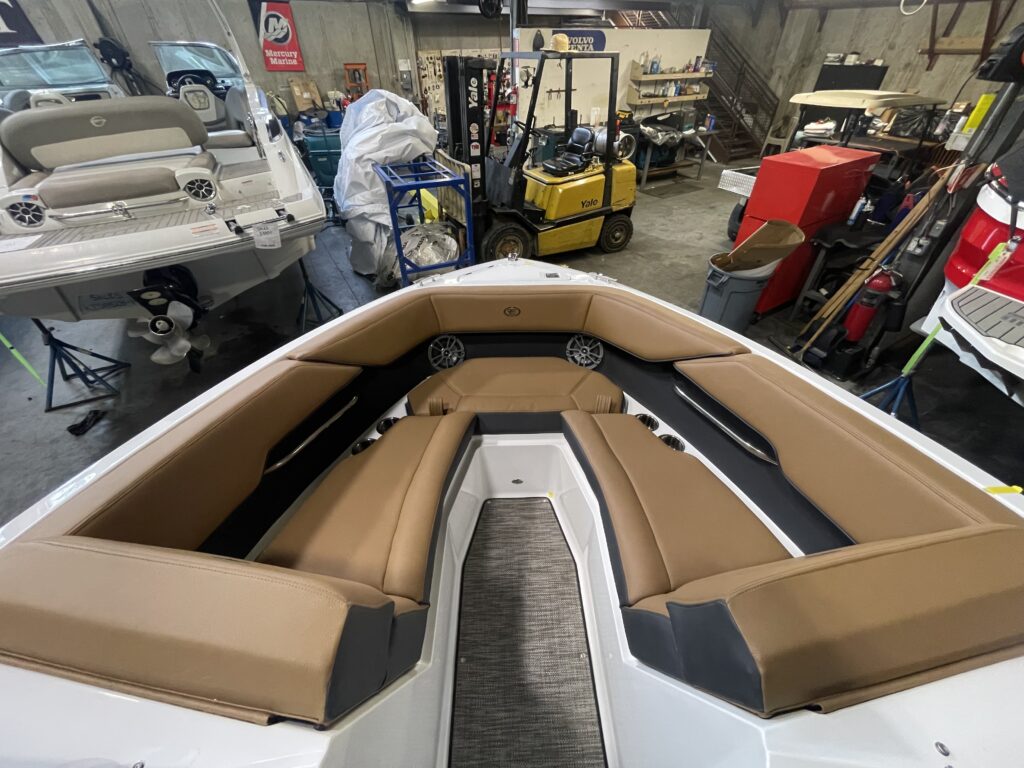
Why Docking Matters for Boat Longevity
Knowing how to tie a boat to the dock isn’t just about convenience—it’s a vital part of preserving your vessel. Improperly tied boats are vulnerable to rubbing against the dock, straining cleats, or drifting into neighboring slips. All of these issues lead to avoidable wear or even accidents.
Dock lines are part of your boat’s essential gear, and how you use them directly affects your investment. In our experience helping clients finance boats, we always recommend learning basic line handling as part of long-term ownership.
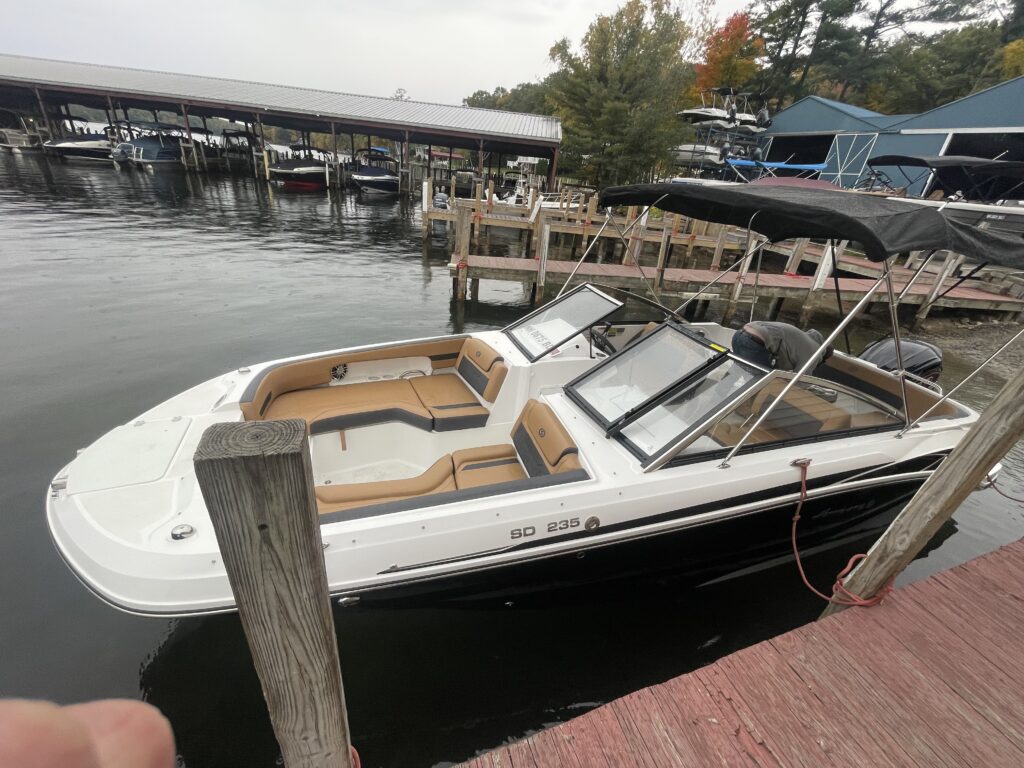
Understanding the Dock Line Setup
To tie a boat to the dock correctly, you need to use a combination of lines that control movement forward, backward, and side to side. These include:
- Bow lines to secure the front of the boat
- Stern lines to secure the back
- Spring lines to prevent forward or backward drift
Spring lines are often overlooked by beginners, but they’re crucial in high-traffic or tidal areas. They absorb motion and reduce strain on the bow and stern lines, keeping the boat centered in its slip or alongside the dock.
Choosing the Right Cleat Hitch
The most important knot in docking is the cleat hitch. This simple knot wraps around the dock cleat in a figure-eight pattern with a locking loop at the end. It’s easy to tie, secure under pressure, and quick to release.
Practice makes perfect. Before heading out on a big trip, we always suggest practicing your cleat hitch on land until it becomes second nature.
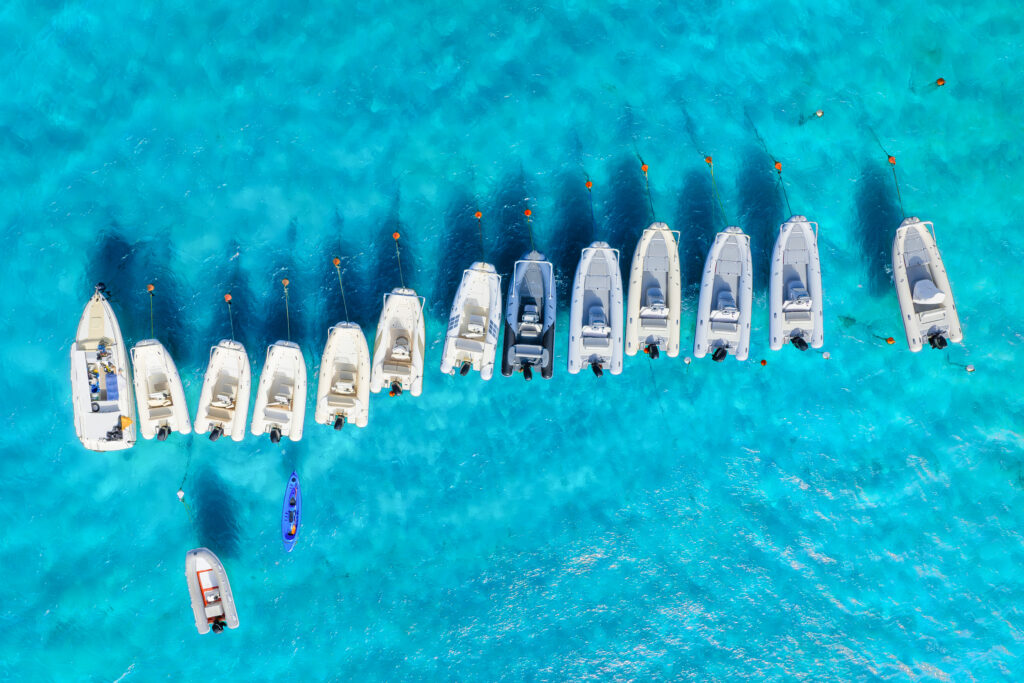
Fenders and Spacing for Docking
Tying a boat correctly also means protecting the hull from the dock itself. Fenders—those cylindrical or round cushions hung over the sides—act as a buffer. When placed properly between your boat and the dock, they absorb contact and reduce scratching or impact.
Spacing matters, too. When learning how to tie a boat to the dock, consider the tide and slack. Leave enough line to allow the boat to rise or fall with water level changes, but not so much that it drifts excessively.
Tying in Different Docking Situations
Docking techniques vary based on your docking environment. For example:
- In a slip: Use bow, stern, and spring lines attached to pilings or cleats on either side.
- Alongside a dock (parallel docking): Use bow and stern lines to tie fore and aft, then add spring lines at diagonal angles for support.
- Floating docks: Use less slack in your lines because the dock rises and falls with the tide.
Every setup has its nuances. Being able to adapt and assess line tension quickly is part of becoming a confident boater.
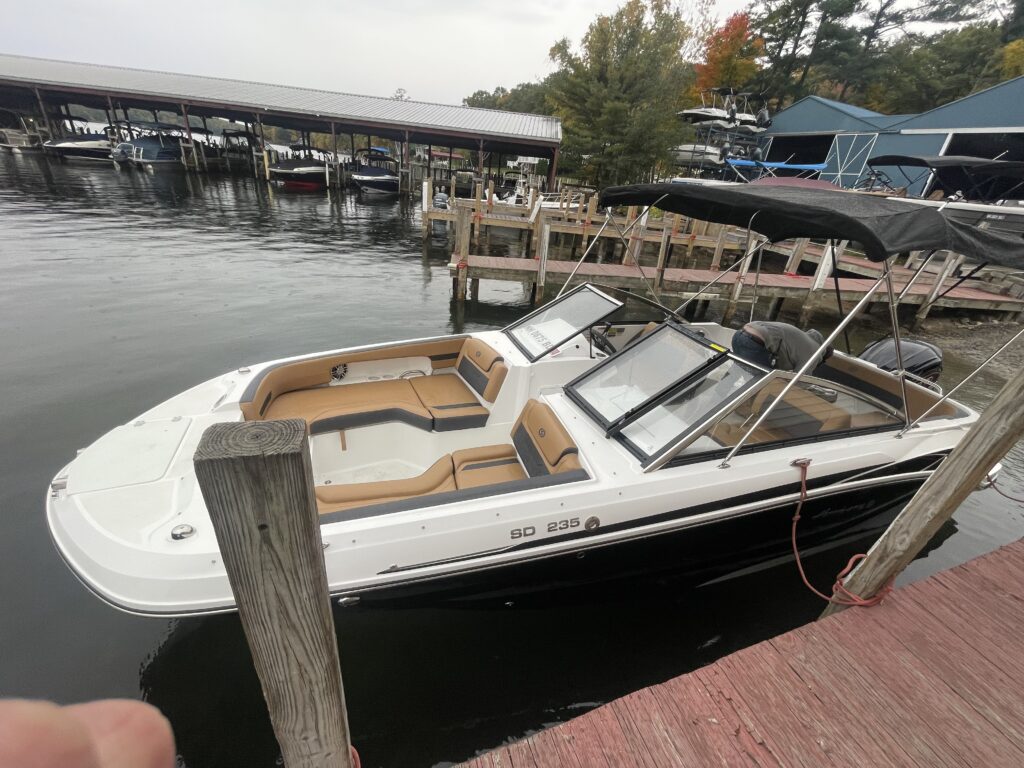
Adjusting for Wind and Current
Knowing how to tie a boat to the dock also means reading the environment. Wind pushing against one side of the boat or current pulling it away from the dock can affect how you place lines and fenders.
In strong wind or surge conditions, double up lines, cross your spring lines, and use snubbers to reduce shock. Redundancy is better than waking up to find your boat rubbing against a piling or adrift in the harbor.
Maintenance of Dock Lines and Hardware
Even the best tying techniques can’t overcome worn or frayed lines. Regularly inspect your dock lines for signs of wear, such as unraveling fibers, hardened spots, or UV damage. Replace them as needed.
It’s also smart to check your boat’s cleats and chocks. Loose or undersized hardware compromises your ability to tie off securely. A strong tie starts with reliable gear.
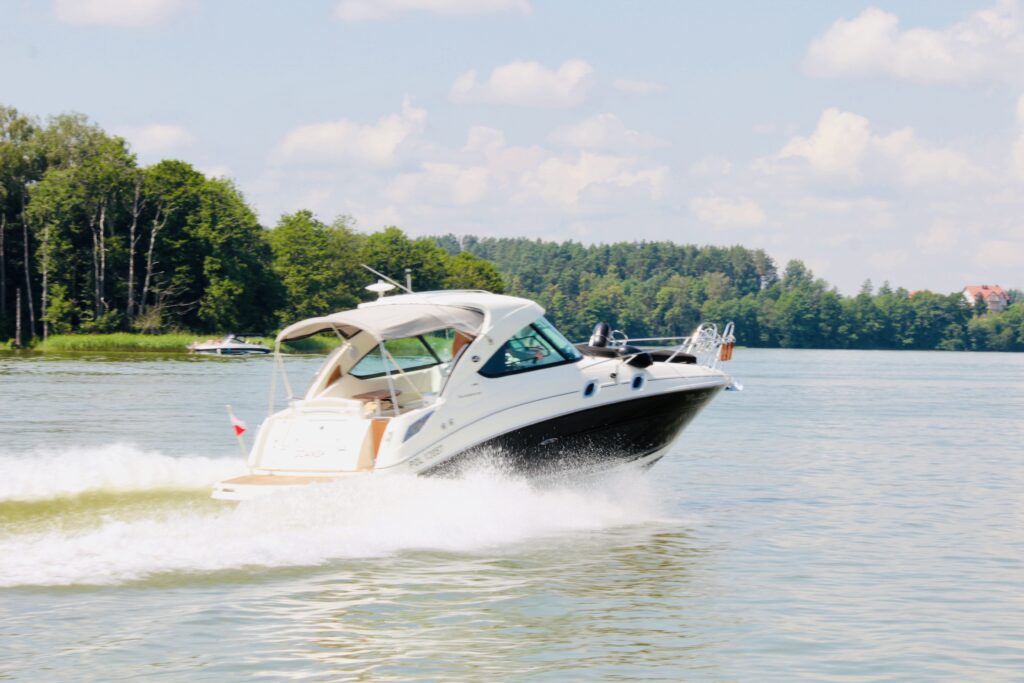
Training Passengers and Crew
If you’re boating with friends or family, it’s helpful to train your passengers in how to assist with docking. Assign someone to handle bow or stern lines, or to drop fenders in place. Just a few clear instructions go a long way in avoiding miscommunication as you approach the dock.
When everyone knows what to expect, docking becomes a smooth process instead of a last-minute scramble.
Conclusion
Learning how to tie a boat to the dock is one of the most essential—and satisfying—skills a boater can develop. It’s about control, safety, and pride in handling your vessel correctly. With the right lines, knots, and awareness, you’ll dock with confidence no matter the conditions.
When working with clients to finance their boats, we often advise factoring in gear like high-quality dock lines, fenders, and cleats. Our boat loans are built to support not just the vessel, but the ownership experience from dock to open water.
